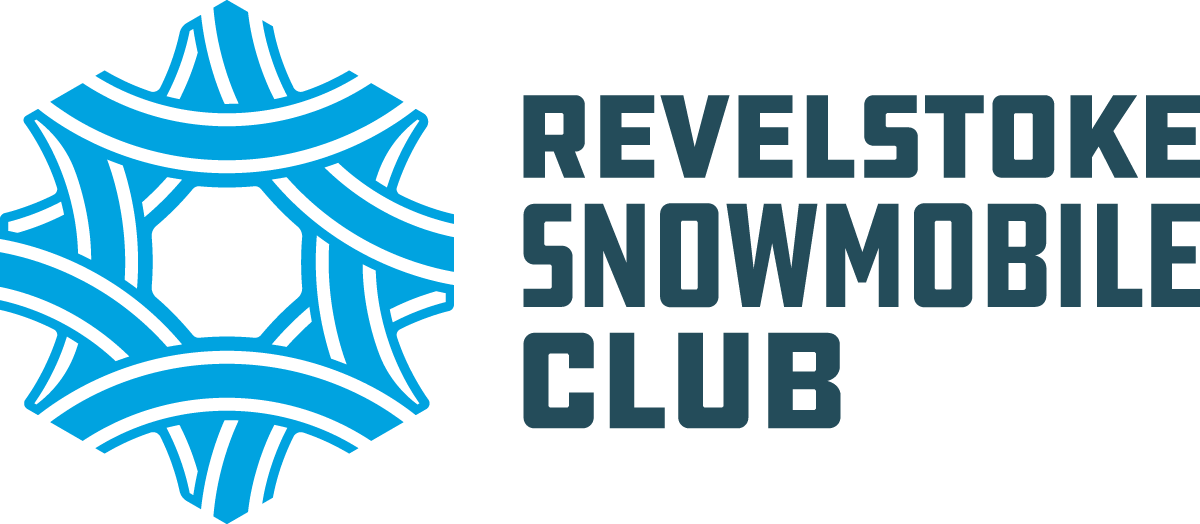Trail Information
Everything you ever wanted to know about trail grooming
and what makes a smooth or rough trail
Making the best and smoothest trails possible
We want to explain why the trails on Boulder and Frisby are sometimes rough and full of moguls. First and foremost, the RSC takes trail grooming very seriously, it’s our mission statement to groom the Boulder and Frisby trails. We use the latest technology and decades of experience to groom the trails to the best of our abilities. Given this information, let’s look at the complexities of trail grooming.
Off-season Maintenance
The first and most important thing for a good grooming program actually occurs well before the first snowflake falls. The RSC invests in off-season trail maintenance to ensure the quality of the trail is the smoothest we can get . During the off season on the Forest Service Roads, we try to remove holes, ruts, rocks and debris to the greatest extent possible. A smooth rut free road will result in a more consistent trail once the snow comes. Some surface material, such as rock outcroppings, we cannot change. Brushing and tree limb removal along the trail helps snow reach the trail surface, plus improves the trail for riders and grooming equipment, allowing for wider trails and more space to travel safely to the alpine.
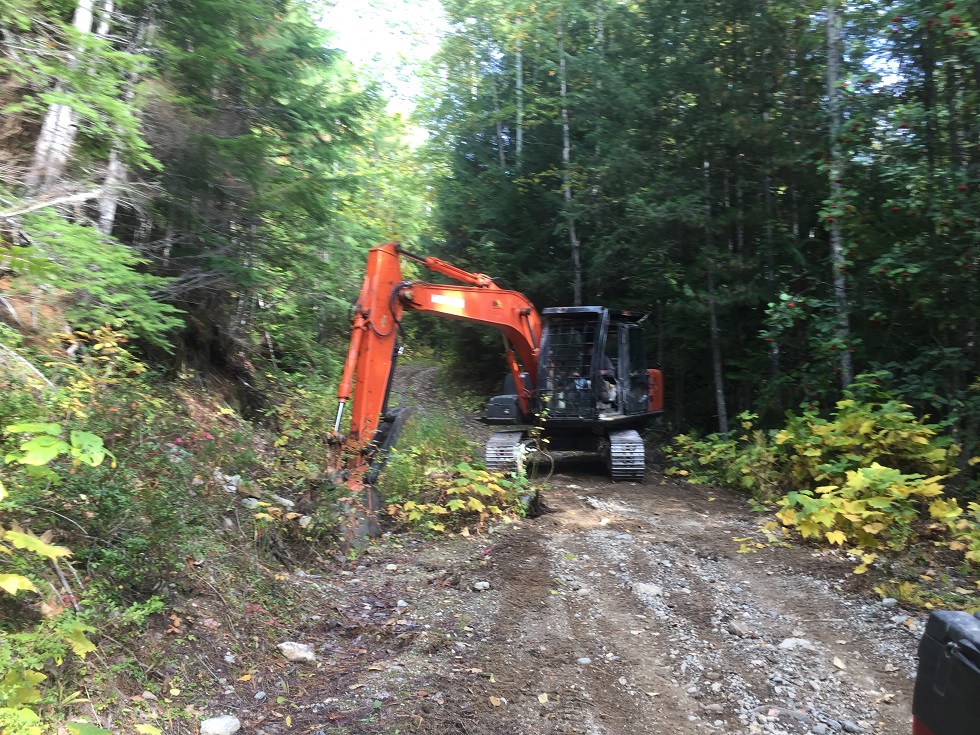
Off-season trail maintenance
Grooming begins!
Grooming usually starts up in mid November in Revelstoke, when there is enough snow on the ground. Often early in the season, there is limited to no snow at the trailhead, so groomers are trucked to the snow, with grooming operations on Boulder Mountain begin usually around the 3km mark. To build a solid snow base, RSC begins grooming with a front blade equipped groomer designed to cut the snow and a compactor bar on the back to help create a smooth uniform trail. Once the snow on the trail gets to be over a foot, grooming begins with a drag and or a tiller. The drag along with the font blade breaks up the large moguls and the drag compresses the snow to help create a smooth trail. When the tiller is used – the tiller replaces the compact bar and spins and churns the snow which creates a trail with the grooves we come to see on the trails.
When the trails need extra work, the RSC will run two groomers on Boulder, one with a drag followed by a groomer with the tiller. This often creates the best opportunity to build great trails. The grooming implements, the compactor bar, drag and tiller are all designed to “work” the snow, allowing the snow to form better bonds. The working or mixing of the snow reduces snow particle size and creates different particle shapes along with sizes – which ultimately helps improve the number of bonding sites within the snowpack. Ideal trail making occurs when it’s -5C or below and the groomed trail is allowed to freeze and set up overnight. These ideal conditions create a much more durable trail for riders the next day. Trail grooming times, frequencies and methods are influenced by many variables including temperature, type and depth of snow, terrain, snowmobile traffic volume and use patterns, wind, current or incoming storms. Decisions as to when to groom and the implements to use on the groomer are based upon the informed judgment of the RSC Outside Supervisor working with our skilled groomers, many of whom have groomed our trails for years, are avid mountain sledders who use the trails on a regular basis.
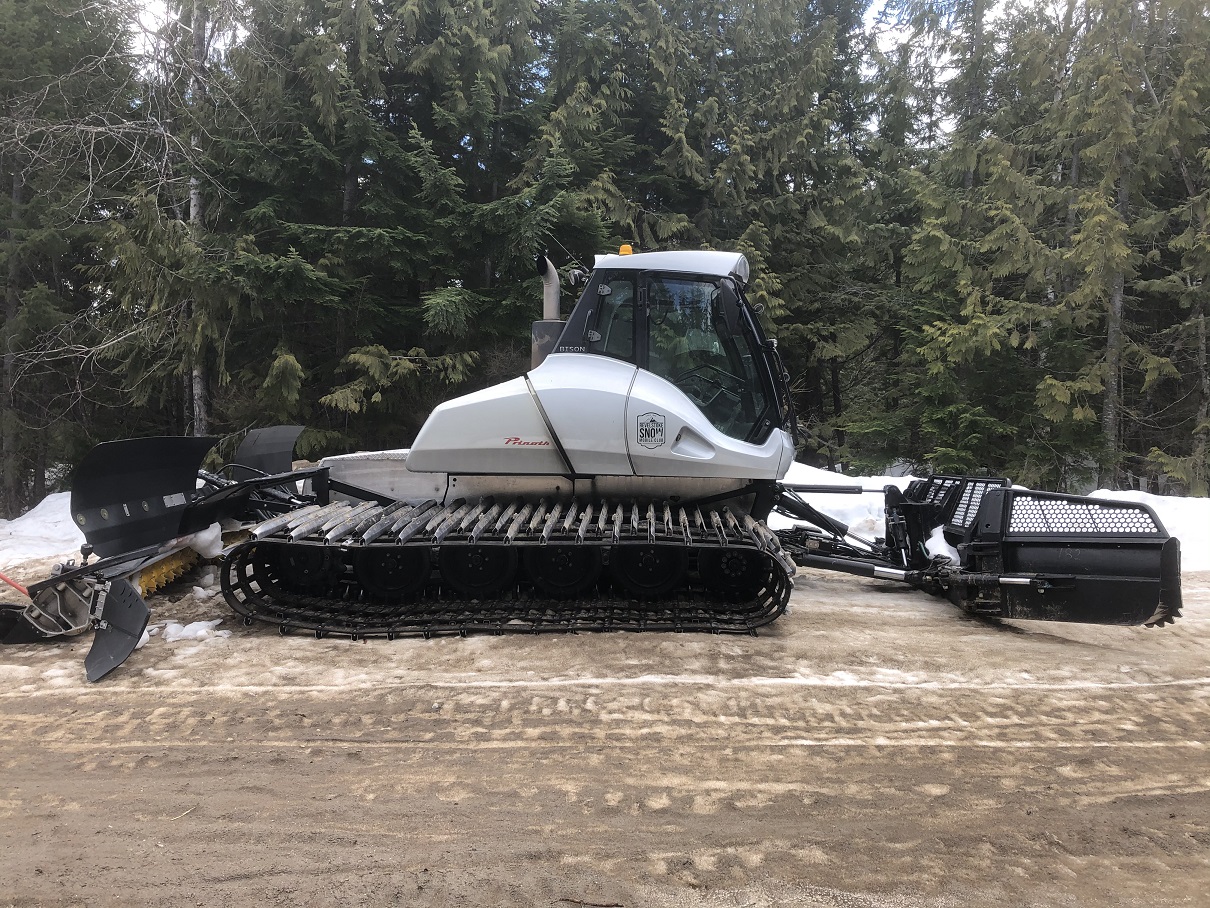
Groomer with front blade and tiller
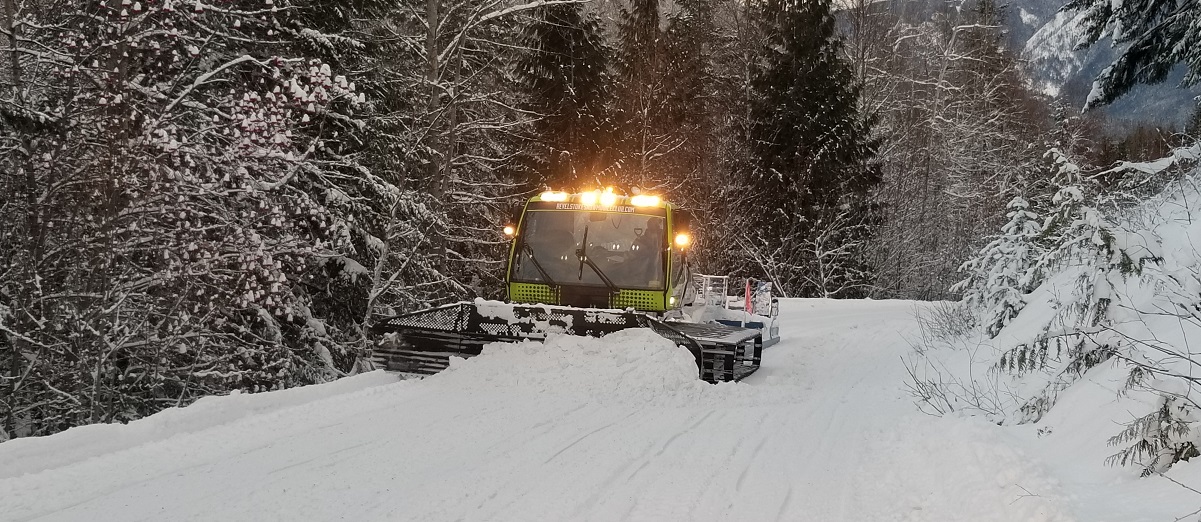
Groomer with blade and drag
What Determines Trail Conditions?
Now that we’ve covered some of the science behind our grooming program, we’ll look at the main reasons why the trails can be excellent or just plain rough.
- Snow and weather conditions
- The rider and how they ride
- The number of riders on the trails
Let’s break it down!
Snow and Weather
Snow is a complex material that, anyone has taken an Avalanche Skills Training (AST) course knows, that can have wide variety of forms, affecting the quality of the trails. Unlike our roads built on relatively stable materials like gravel and pavement, snow is ever changing and thus so are our trails. Temperature and snow quantity are variables that most affect trail quality. As we covered briefly above, after a trail is “worked” by the groomer, it needs to be allowed to “set up” or stabilize for at least 6 hours, ideally at -5C this allows the trail to harden into a more stable smooth surface. If the snow is wet, or if the ambient temperature is above zero to -4C then the trail does not have the proper conditions needed to freeze and set a solid trail for the next day of riders. RSC groomers call this snow “mashed potatoes”: it’s hard to work with and it frustrates everyone, groomers and riders alike.
With warmer temperatures, the trail can’t sets up and doesn’t have the conditions necessary to create stability. As riders pass over the trail, the powerful sled with long paddle tracks and inconsistent throttle leads to bumps and then moguls, making the trials rough for all users except the first few. These snow conditions are out of the control of the RSC and our groomers. We know the trail conditions frustrate our members and guests, and we get it. The RSC is using the best technology coupled with the best grooming practices, but sometimes Mother nature doesn’t provide us with the conditions to make good trails.
The Rider and How They Ride
What can you do to keep trails smooth?
Keep a consistent throttle: a steady throttle all the way up the trail is important, we all get excited to get to our favourite riding zones, and some people like to brap the throttle which causes the track to spin, creating a divot and a snow pile. As more riders pass over the bumps and divots they create bigger bumps and eventually moguls. So often rough trails are caused by sledders, a steady throttle = a smoother trail.
Limit cutting off and onto the trail: Often we see a great area off the trail we want to explore, and as we leave the trail we spin the track, thus creating a divot in the trail and also depositing a large pile of snow onto the trail as we accelerate into the off trail zone. Both the divot and the pile of snow creates the basis for a rough trail. We have all done this, we just want you to know that if the trail is gouged up from these actions this is out of the control of the RSC. These two examples are exacerbated by warm conditions and the snow not being able to form a stable base.
The Number of Riders on the Trail
The last two winter seasons the RSC has experienced record visitors and riders on our trail systems. We love this, more people enjoying the sport we love. But the challenge with more riders is increased wear and tear on the trails. Many days we have 400 riders on our trails, and even with ideal-trail making conditions, this volume of traffic will result in rough trails. Most of these busy days occur on the weekend and we try to deal with the rough trail by starting our evening grooming program earlier, with the first groomer pass on the most popular trail in the early afternoon. This creates a smoother ride down to the parking lot for more users and allows our groomers more time to “work” the snow to provide the best trails we can.
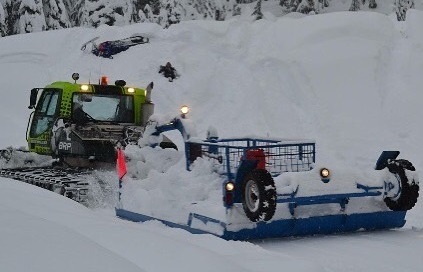
Groomer with drag
We know that our main task is to provide a groomed trail system for our members and users, that is our mission statement. We try our very best given the snow conditions to provide this to our users, seven days a week, Trust us we ride all the time and we also hate a rough trail! We know sometimes you’re frustrated and we are also frustrated and disappointed by rough trails. We want you to know we are passionate about trying to provide the very best experience for all our members and users, so remember to be kind! Welcome centre staff, booth operators and groomers as they don’t control all the factors that affect the trail quality.
We are asking for your help to do your part to be a good rider on the trails. Also, when you see the groomer, make sure you slow down and give them a wave hello, and know they are working hard to provide the very best trail possible.
We are glad you chose Revelstoke to ride and we hope to see you on the mountain!
What makes a great trail?
Do you want to know more about what goes into making a great trail? Check out this article from the BCSF!
